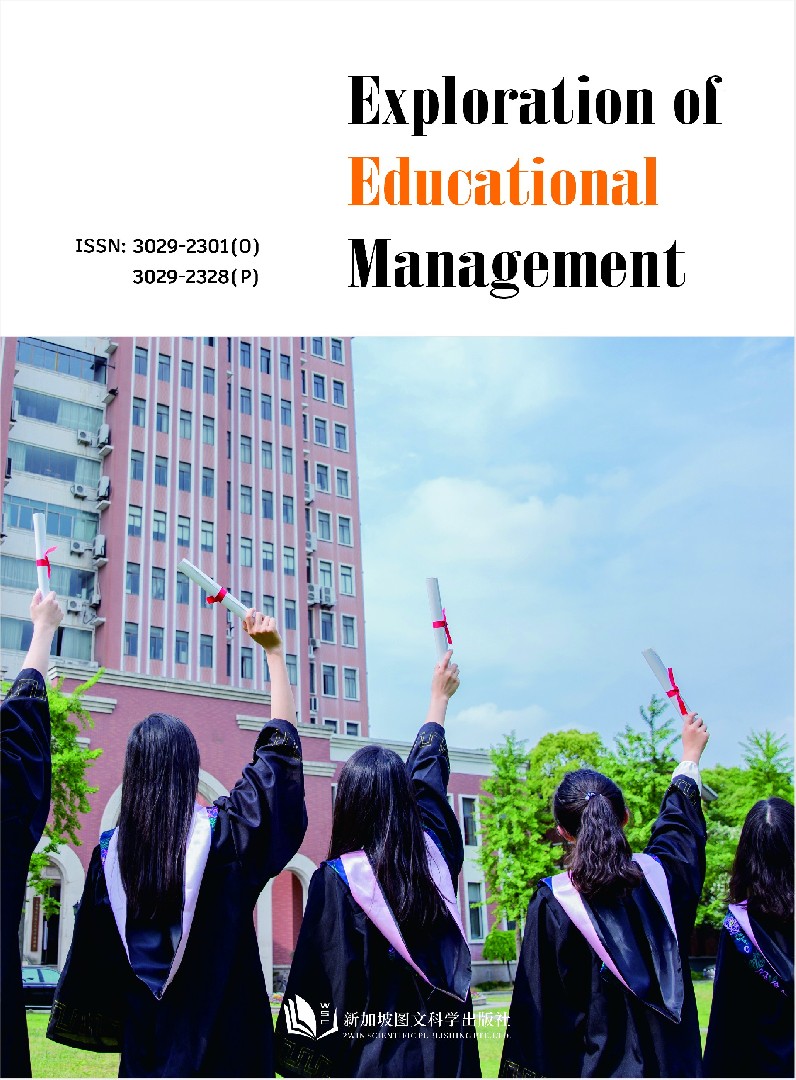作者
Haitao Deng
文章摘要
This paper focuses on the current situation and challenges of financial literacy education for vocational college students in Guangxi, and analyzes the changes in the global economic pattern, the strategic deployment of China's dual circulation, and the new requirements of Guangxi's regional economic development for financial literacy education. In order to meet these challenges, this paper proposes to construct a standard system of financial literacy education based on the "diamond model", covering six dimensions: economic pattern view, income and consumption, credit and debt, investment and financial management, risk management and insurance, and the use of external professional consulting. Through the integration of curriculum system and majors, the construction and training of teachers, etc., we will promote the deepening and development of financial literacy education. Finally, taking Guangxi International Business Vocational and Technical College as an example, the successful practice of the education model of "standard guidance, integration of industry and education, project introduction, and integration of competition and training" in financial literacy education was demonstrated, which provided a reference experience for higher vocational financial literacy education in Guangxi and even the whole country.
文章关键词
dual circulation; Guangxi Higher Vocational Level; Financial literacy education
参考文献
[1] Huang Peacock, Xu Ming. Financial literacy education for college students in United States: background, pattern and characteristics[J].Fudan Education Forum,2020,18(04):105-112).
[2] Xin Ziqiang, Zhang Hongchuan, Sun Ling, et al. Psychological Technology and Application, 2020,8(12):706-717).
[3] Song Hui, Jiang Cheng. Research on the education of financial literacy of college students in the new era[J].Chinese Journal of Multimedia and Network Teaching(First Edition),2020,(10):193-195.)University (Research Edition),2018,(02):2+97.
[5] Xin Ziqiang, Zhang Hongchuan, Sun Ling, et al. Psychological Technology and Application, 2018,6(08):450-458).
[6] Chen Qishan, Li Wenrui, Huang Binbin, et al.PISA financial literacy assessment on China's financial education and financial literacy research[J].Global Education Outlook,2017,46(03):6-15+28.
[7] Liu Cilin. Educational Development Research,2020,40(04):68-71).
[8] Lei Xia. Analysis and Thinking on the Embedding Model of Financial Literacy Education in Guangxi Universities: A Case Study of College Students' Mental Health Education[J].Think Tank Times,2018,(24):203+215).
[9] Zhang Meihe, Zhou Yuntao, Cao Weiwei. Cultivation of financial literacy of college students under the background of "Internet+" era[J].Taxation of Taxes,2018,(15):166-168).
[10] Huang Peacock, Xu Ming. Financial literacy education for college students in United States: background, pattern and characteristics[J].Fudan Education Forum,2020,18(04):105-112).
Full Text:
DOI
